June Bird of the Month is the Willet, and here is the article in the May-June Kite written by Ben Kolstad.
With the arrival of summer and the departure of most of the shorebirds from our area, we begin our investigation of some common larger shorebirds of Palm Beach County, genus Tringa. First up is T. semipalmata, the Willet. The easiest way to identify this bird is to close your eyes and listen for its characteristic call: pill-will-willet; pill-will-willet.
If you prefer to bird with your eyes open, Willets are still fairly easy to ID: large, strong gray legs, a long stout black bill, and, in flight, an amazing white wing stripe—so striking is this black-and-white wing plumage that the authors of the recent Peterson Reference Guide to Birding by Impression had to confess that, as beginners, they had once misidentified a Willet as a Black-necked Stilt, before they upped their game to consider the whole bird rather than just the most obvious plumage details!
Eastern Willet in breeding plumage looks rather like our yellowlegs species, but the honking black bill and strong black legs make it fairly simple to tell them apart. Also, Eastern Willet in nonbreeding plumage doesn’t really matter, because the Eastern subspecies winters in South America and doesn’t tend to come back to the states until it’s in its breeding plumage. Like the Semi-Westerns we looked at in the spring, most of the Willets we see here in the East in nonbreeding plumage are in fact “Western” birds. Many authors consider that these two subspecies will be split in a few years.
(Photographer’s please note that next month’s July 2016 Bird will be the Lesser Yellowlegs)
- Willet by Susan F Davis
- Willet pair by Susan F Davis
- Willet by Susan F Davis
- Willet Daytona Beach by Paul Thomas
- WilletPonte Vedra by Paul Thomas
- Willet Ft DeSoto by Paul Thomas
- Willet (Non-breeding Adult) FtPierce Inlet by Larry Hess
- Willet (Non-breeding Adult) FtDesoto by Larry Hess
- Willet Merritt Island NWF by Larry Hess
- Willet by Dr Lester
- Willet by Dr Lester
- Willet by Dr Lester
- willet feeding Boynton Inlet by DuPont
- willet feeding Boynton Inlet by DuPont
- Willet Tringa semipalmata Nonbreeding adult DuPont Boynton Inlet
- Willet Tringa semipalmata Nonbreeding adult DuPont Boynton Inlet
- Willet Tringa semipalmata Nonbreeding adult DuPont Boynton Inlet by Ann DuPont
- Willet at Boynton Inlet by Ann DuPont

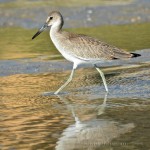
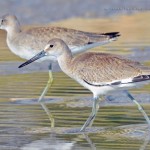
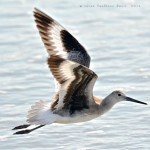
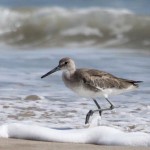
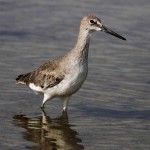
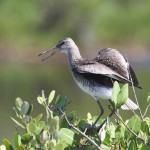
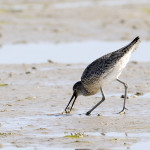
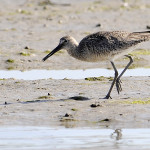
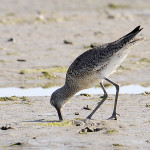
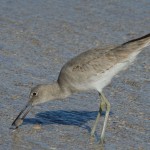
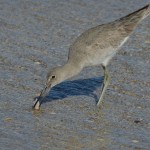
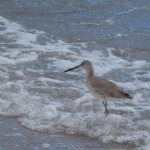
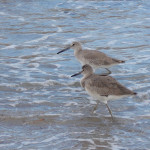

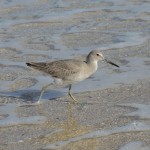
Comments are closed